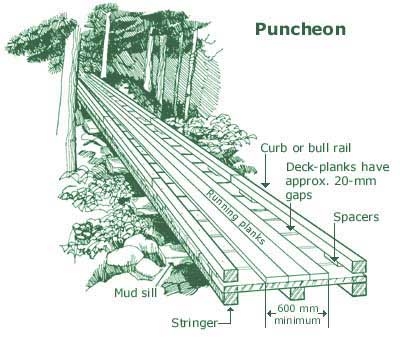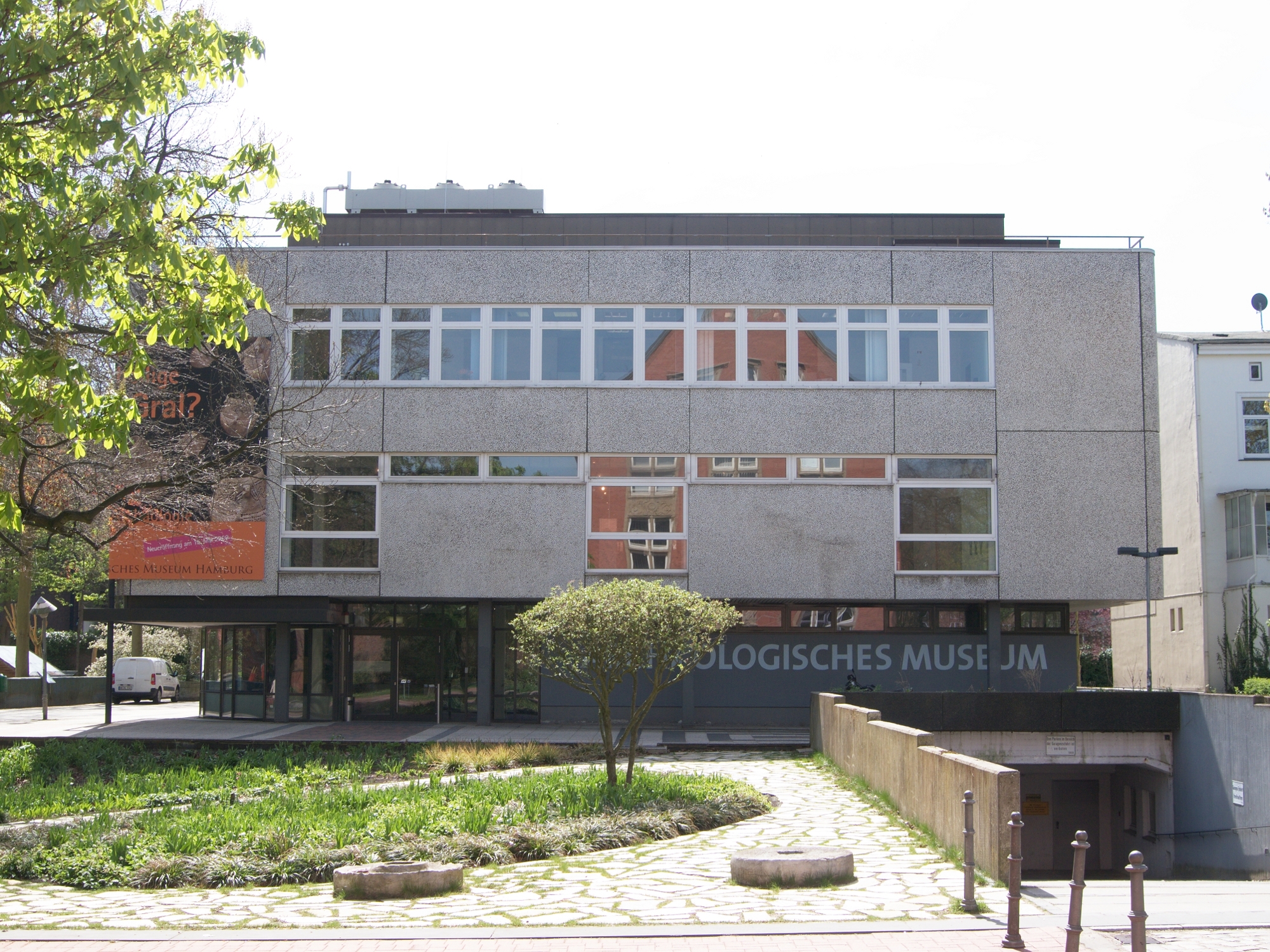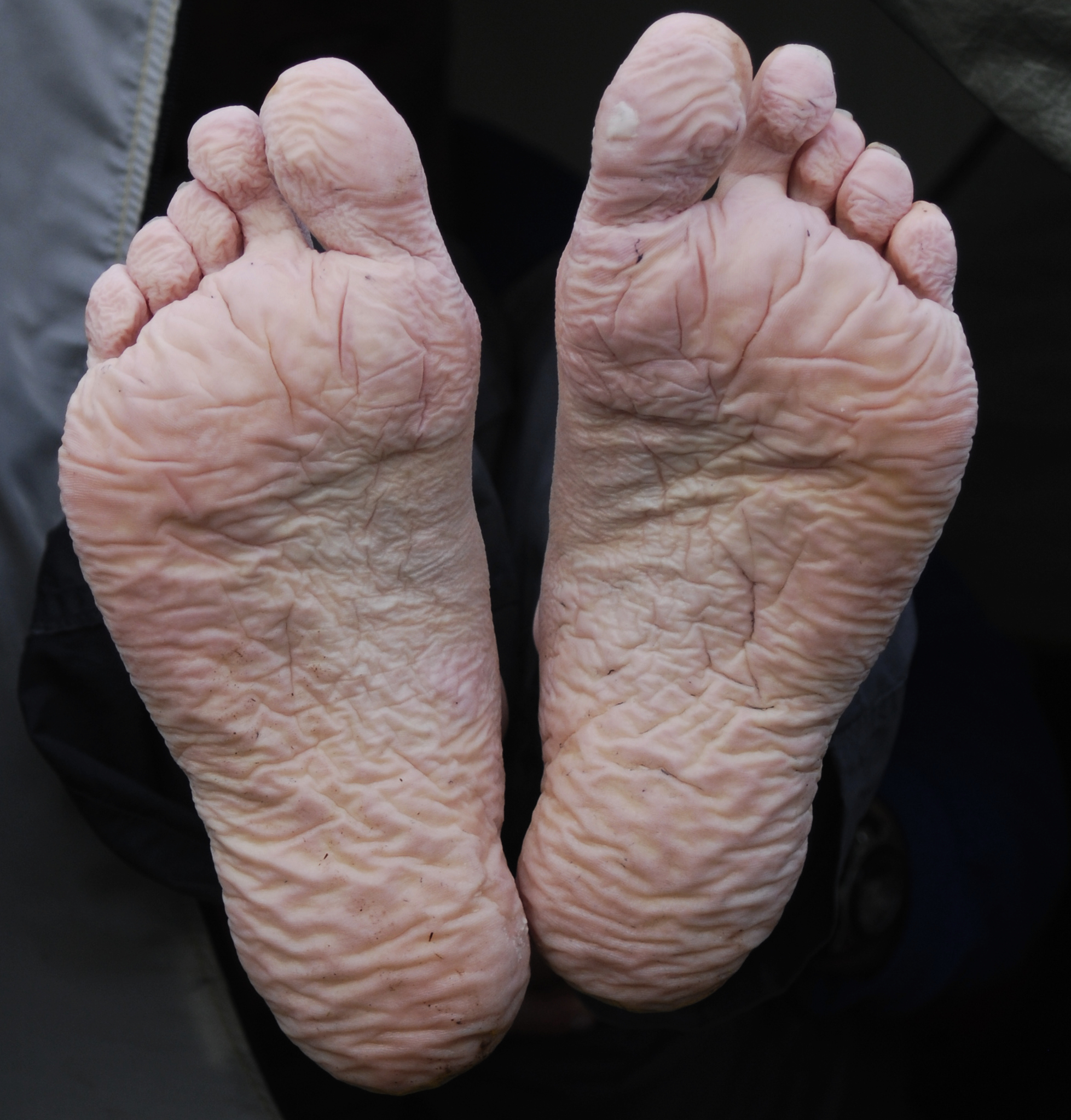|
Boardwalk
A boardwalk (alternatively board walk, boarded path, or promenade) is an elevated footpath, walkway, or causeway built with wooden planks that enables pedestrians to cross wet, fragile, or marshy land. They are also in effect a low type of bridge. Such timber trackways have existed since at least Neolithic times. Some wooden boardwalks have had sections replaced by concrete and even "a type of recycled plastic that looks like wood." History An early example is the Sweet Track that Neolithic people built in the Somerset levels, England, around 6000 years ago. This track consisted mainly of planks of oak laid end-to-end, supported by crossed pegs of ash, oak, and lime, driven into the underlying peat. The Wittmoor bog trackway is the name given to each of two prehistoric plank roads, or boardwalks, trackway No. I being discovered in 1898 and trackway No. II in 1904 in the ''Wittmoor'' bog in northern Hamburg, Germany. The trackways date to the 4th and 7th century AD, both linked ... [...More Info...] [...Related Items...] OR: [Wikipedia] [Google] [Baidu] |
Footpath
A footpath (also pedestrian way, walking trail, nature trail) is a type of thoroughfare that is intended for use only by pedestrians and not other forms of traffic such as motorized vehicles, bicycles and horses. They can be found in a wide variety of places, from the centre of cities, to farmland, to mountain ridges. Urban footpaths are usually paved, may have steps, and can be called alleys, lanes, steps, etc. National parks, nature preserves, conservation areas and other protected wilderness areas may have footpaths (trails) that are restricted to pedestrians. The term footpath can also describe a pavement/ sidewalk in some English-speaking countries (such as Australia, New Zealand, and Ireland). A footpath can also take the form of a footbridge, linking two places across a river. Origins and history Public footpaths are rights of way originally created by people walking across the land to work, market, the next village, church, and school. This includes Mass paths a ... [...More Info...] [...Related Items...] OR: [Wikipedia] [Google] [Baidu] |
Bridge
A bridge is a structure built to span a physical obstacle (such as a body of water, valley, road, or rail) without blocking the way underneath. It is constructed for the purpose of providing passage over the obstacle, which is usually something that is otherwise difficult or impossible to cross. There are many different designs of bridges, each serving a particular purpose and applicable to different situations. Designs of bridges vary depending on factors such as the function of the bridge, the nature of the terrain where the bridge is constructed and anchored, and the material used to make it, and the funds available to build it. The earliest bridges were likely made with fallen trees and stepping stones. The Neolithic people built boardwalk bridges across marshland. The Arkadiko Bridge (dating from the 13th century BC, in the Peloponnese) is one of the oldest arch bridges still in existence and use. Etymology The '' Oxford English Dictionary'' traces the origin of ... [...More Info...] [...Related Items...] OR: [Wikipedia] [Google] [Baidu] |
Horicon Marsh
Horicon Marsh is a marsh located in northern Dodge and southern Fond du Lac counties of Wisconsin. It is the site of both a national and a state wildlife refuge. The silted-up glacial lake is the largest freshwater cattail marsh in the United States. Geological history Horicon Marsh was created by the Green Bay lobe of the Wisconsin glaciation during the Pleistocene era. The glacier, during its advance, created many drumlins (a glacial landform) in the region, many of which have become the islands of Horicon Marsh. The marsh and surrounding Dodge County have the highest concentration of drumlins in the world. During the glacier's retreat, a moraine was created, forming a natural dam holding back the waters from the melting glacier and forming Glacial Lake Horicon. The Rock River slowly eroded the moraine, and the lake drained. As the levels of silt, clay and peat accumulated in the former lake's basin, the Horicon Marsh was formed. The Horicon Marsh State Wildlife Area is one ... [...More Info...] [...Related Items...] OR: [Wikipedia] [Google] [Baidu] |
Plank Road
A plank road is a road composed of wooden planks or puncheon logs. Plank roads were commonly found in the Canadian province of Ontario as well as the Northeast and Midwest of the United States in the first half of the 19th century. They were often built by turnpike companies. Origins The Wittmoor bog trackway is the name given to each of two historic plank roads or boardwalks, trackway No. I being discovered in 1898 and trackway No. II in 1904 in the ''Wittmoor'' bog in northern Hamburg, Germany. The trackways date to the 4th and 7th century AD, both linked the eastern and western shores of the formerly inaccessible, swampy bog. A part of the older trackway No. II dating to the period of the Roman Empire is on display at the permanent exhibition of the Archaeological Museum Hamburg in Harburg, Hamburg. This type of plank road is known to have been used as early as 4,000 BC with, for example, the Post Track found in the Somerset levels near Glastonbury, England. This type of ... [...More Info...] [...Related Items...] OR: [Wikipedia] [Google] [Baidu] |
Causeway
A causeway is a track, road or railway on the upper point of an embankment across "a low, or wet place, or piece of water". It can be constructed of earth, masonry, wood, or concrete. One of the earliest known wooden causeways is the Sweet Track in the Somerset Levels, England, which dates from the Neolithic age. Timber causeways may also be described as both boardwalks and bridges. Etymology When first used, the word ''causeway'' appeared in a form such as "causey way" making clear its derivation from the earlier form "causey". This word seems to have come from the same source by two different routes. It derives ultimately, from the Latin for heel, ''calx'', and most likely comes from the trampling technique to consolidate earthworks. Originally, the construction of a causeway utilised earth that had been trodden upon to compact and harden it as much as possible, one layer at a time, often by enslaved bodies or flocks of sheep. Today, this work is done by machines. The s ... [...More Info...] [...Related Items...] OR: [Wikipedia] [Google] [Baidu] |
Archäologisches Museum Hamburg
The (Hamburg Archaeological Museum; formerly the ') is an archaeological museum in the Harburg borough of Hamburg, Germany. It houses the archaeological finds of the city of Hamburg and the neighbouring counties to the south of the city. It focuses on northern German prehistory and early history as well as the history of the former city of Harburg. The museum is also home to the cultural heritage landmarks commission of the city of Hamburg and the adjacent district of Harburg in Lower-Saxony and thus supervises all archaeological undertakings in the region. The museum has two major exhibition spaces. The future City Museum of Harburg, temporary exhibitions, the library, offices and small storage facilities are located in the main building, which is shared with the Harburger Theater at . The permanent archaeological exhibition and education facilities are located nearby, at . In addition, the Museum maintains as external branches the exhibition area of the 12th-century (Bishop ... [...More Info...] [...Related Items...] OR: [Wikipedia] [Google] [Baidu] |
Croatia
, image_flag = Flag of Croatia.svg , image_coat = Coat of arms of Croatia.svg , anthem = "Lijepa naša domovino"("Our Beautiful Homeland") , image_map = , map_caption = , capital = Zagreb , coordinates = , largest_city = capital , official_languages = Croatian , languages_type = Writing system , languages = Latin , ethnic_groups = , ethnic_groups_year = 2021 , religion = , religion_year = 2021 , demonym = , government_type = Unitary parliamentary republic , leader_title1 = President , leader_name1 = Zoran Milanović , leader_title2 = Prime Minister , leader_name2 = Andrej Plenković , leader_title3 = Speaker of Parliament , leader_name3 = Gordan Jandroković , legislature = Sabor , sovereignty_type ... [...More Info...] [...Related Items...] OR: [Wikipedia] [Google] [Baidu] |
Plitvice Lakes National Park
Plitvice Lakes National Park ( hr, Nacionalni park Plitvička jezera, colloquially ''Plitvice'', ) is one of the oldest and largest national parks in Croatia. In 1979, Plitvice Lakes National Park was inscribed on the UNESCO World Heritage list, due to its outstanding and picturesque series of tufa lakes, caves, connected by waterfalls. The national park was founded in 1949 and is in the mountainous karst area of central Croatia, at the border to Bosnia and Herzegovina. The important north–south road that passes through the national park area connects the Croatian inland with the Adriatic coastal region. The protected area extends over . About 90% of this area is part of Lika-Senj County, while the remaining 10% is part of Karlovac County. Each year, more than 1 million visitors are recorded. Entrance is subject to variable charges, up to 300 kuna or around €39 per adult per day in summer 2022. Area The national park is world-famous for its lakes arranged in cascades. ... [...More Info...] [...Related Items...] OR: [Wikipedia] [Google] [Baidu] |
Melee
A melee ( or , French: mêlée ) or pell-mell is disorganized hand-to-hand combat in battles fought at abnormally close range with little central control once it starts. In military aviation, a melee has been defined as " air battle in which several aircraft, both friend and foe, are confusingly intermingled". History of the term In the 1579 translation of Plutarch's '' Lives of the noble Grecians and Romanes'', Sir Thomas North uses the term '' to refer to a disorganized retreat. The phrase was later used in its current spelling in Shakespeare's ''Richard III'', 1594: The phrase comes from the French expression ''pêle-mêle'', a rhyme based on the old French ''mesler'', meaning to mix or mingle. The French term ''melee'' was first used in English in c. 1640 (also derived from the old French ''mesler'', but the Old French stem survives in '' medley'' and ''meddle''). Lord Nelson described his tactics for the Battle of Trafalgar as inducing a "pell mell battle" focused o ... [...More Info...] [...Related Items...] OR: [Wikipedia] [Google] [Baidu] |
Trench Boot
The trench boot, sometimes known as the "Pershing boot," was an American combat boot used in the latter stages of World War I, made for the cold mud of trench warfare. For the WWI British Army trench boots, see Ammunition boot. Introduction The 1917 Trench Boot was an adaptation of the boots American manufacturers were selling to the French and Belgian armies at the beginning of World War I. In American service, it replaced the Russet Marching Shoe. The boot was made of tanned cowhide with a half middle sole covered by a full sole, studded with five rows of hobnails. Iron plates were fixed to the heel. Although it was a great improvement, it lacked waterproofing, leading to trench foot. Improvements In January 1918, Harry Lovejoy Rogers, Quartermaster General of the United States Army, met with a board of officers at American Expeditionary Forces Headquarters to make recommendations in order to improve the footwear of soldiers. The findings of the board were sent to General of th ... [...More Info...] [...Related Items...] OR: [Wikipedia] [Google] [Baidu] |
Hobnail
In footwear, a hobnail is a short nail with a thick head used to increase the durability of boot soles. Uses Hobnailed boots (in Scotland "tackety boots") are boots with hobnails (nails inserted into the soles of the boots), usually installed in a regular pattern, over the sole. They usually have an iron horseshoe-shaped insert, called a heel iron, to strengthen the heel, and an iron toe-piece. They may also have steel toecaps. The hobnails project below the sole and provide traction on soft or rocky terrain and snow, but they tend to slide on smooth, hard surfaces. They have been used since antiquity for inexpensive durable footwear, often by workmen and the military. Examples include the ''caligae'' of the Roman military, and the trench boots of World War I. Important design work for the modern hobnailed boot was done during World War I, e.g. the " Pershing boot" in the United States. Problems experienced in designing WWI US Army boots were: *Tearing at the backstay: sol ... [...More Info...] [...Related Items...] OR: [Wikipedia] [Google] [Baidu] |
Trench Foot
Trench foot is a type of foot damage due to moisture. Initial symptoms often include tingling or itching which can progress to numbness. The feet may become red or bluish in color. As the condition worsens the feet can start to swell and smell of decay. Complications may include skin breakdown or infection. Trench foot occurs due to prolonged exposure of the feet to cold, damp, and often unsanitary conditions. Unlike frostbite, trench foot usually occurs at temperatures above freezing, and can be classed as a form of non-freezing cold injury. Onset can be as rapid as 10 hours. Risk factors include overly tight boots and not moving. The underlying mechanism is believed to involve constriction of blood vessels resulting in insufficient blood flow to the feet. Diagnosis is based on symptoms and examination. Prevention involves keeping the feet warm, dry, and clean. After the condition has occurred, pain medications may be required during the gradual rewarming process. Pain m ... [...More Info...] [...Related Items...] OR: [Wikipedia] [Google] [Baidu] |







